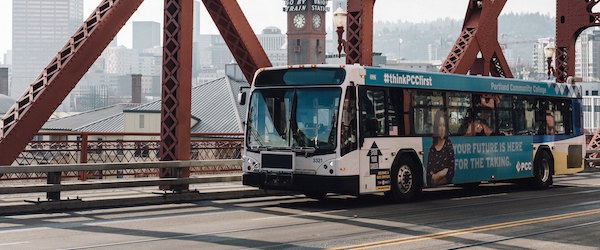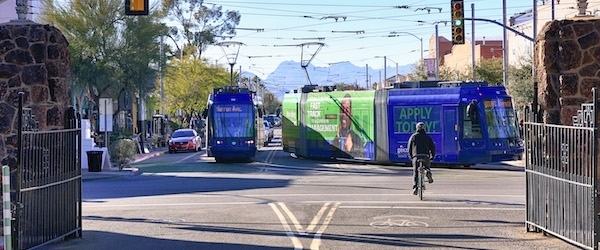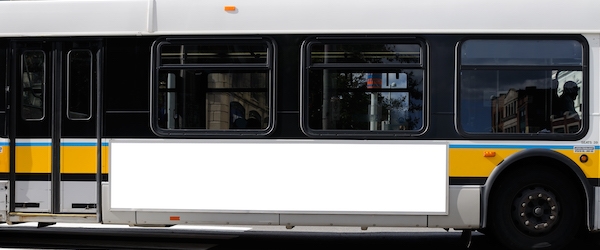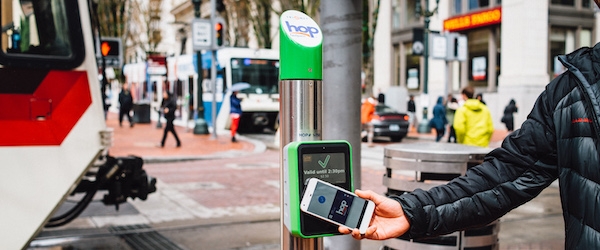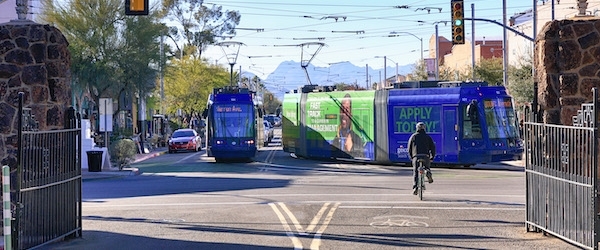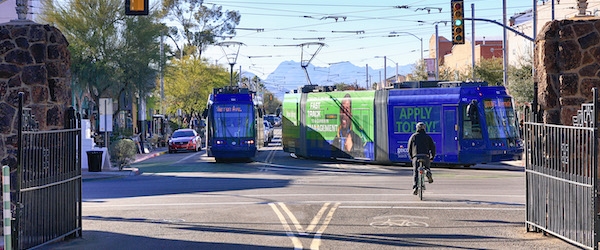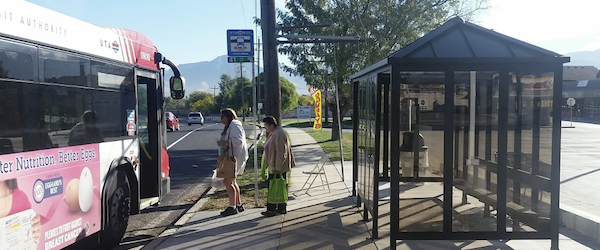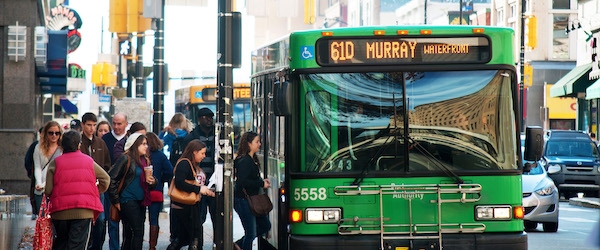Research demonstrates that marginalized populations experience significant barriers in accessing transit. The Transportation Research and Education Center (TREC) and the Homelessness Research & Action Collaborative (HRAC) at Portland State University are working with the University of Utah in a project funded by the National Institute for Transportation and Communities (NITC) to understand how people from selected historically marginalized communities experience discrimination and harassment on transit and in public areas such as sidewalks, bus stops, and transit platforms when accessing transit.
The study will be conducted in two sites: Portland, Oregon and Salt Lake City, Utah. In Portland, the study population will include racially and ethnically diverse people experiencing homelessness and people who identify as transgender and gender nonconforming; and ride TriMet. In Salt Lake City, the study population will include people experiencing homelessness as well as diverse groups based on their gender, racial, and ethnic identity; who ride Utah Transit Authority. We are seeking transit riders to help inform the study through photos and interviews. Participants will be compensated up to $50 for their labor. The researchers will be recruiting participants for this study through the end of August.

